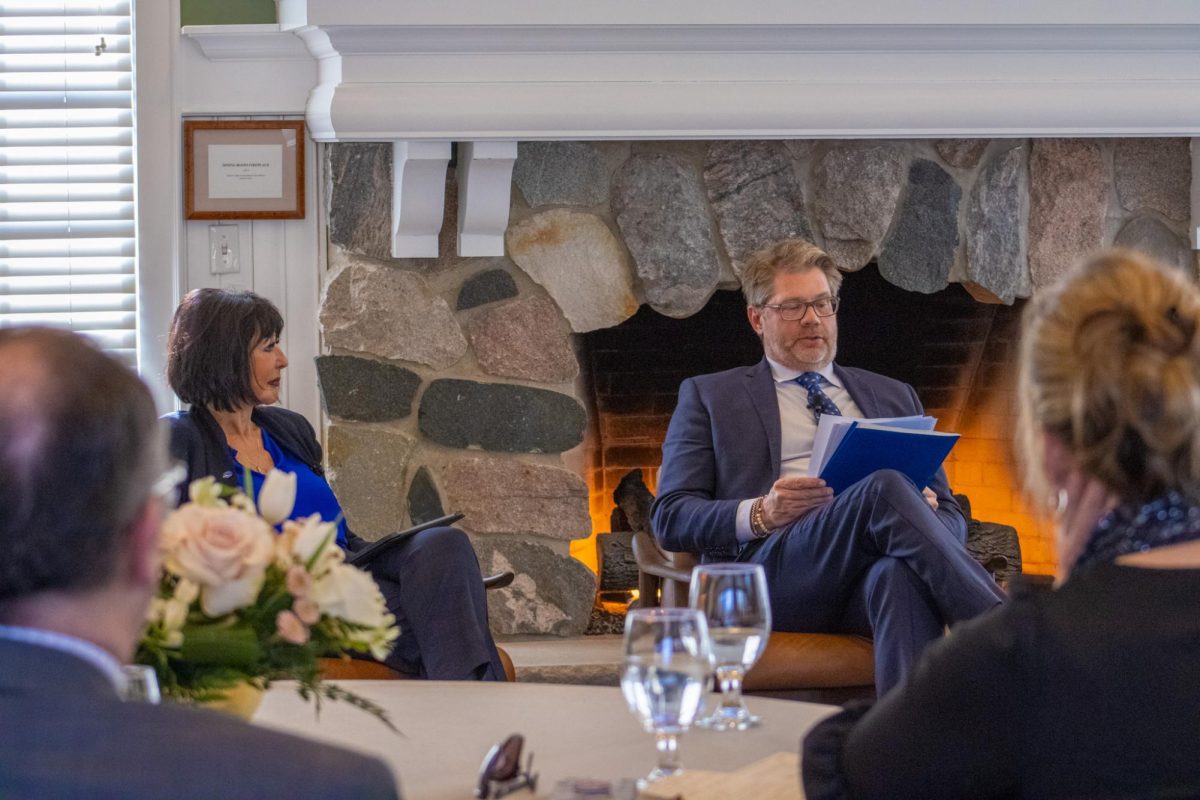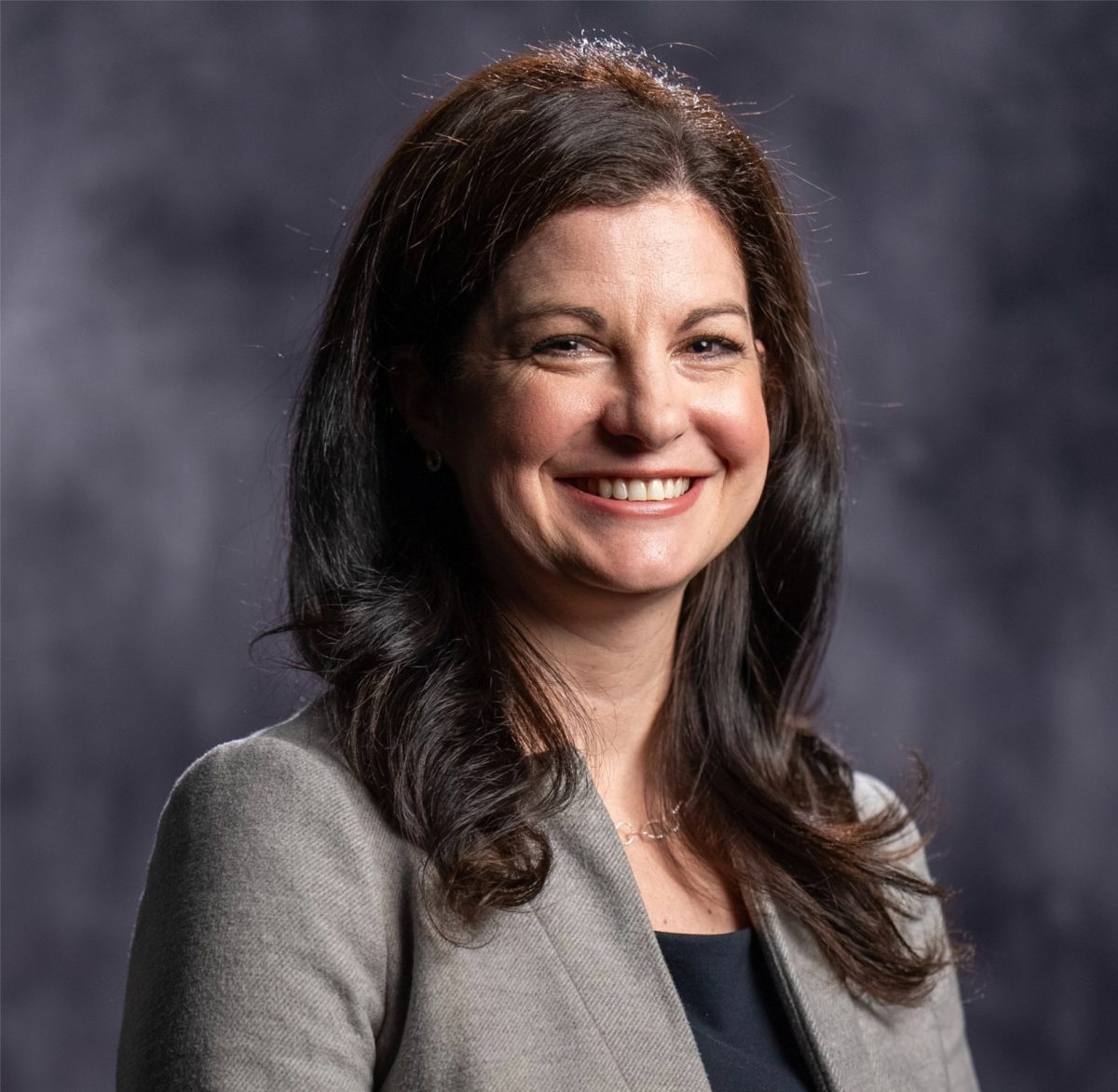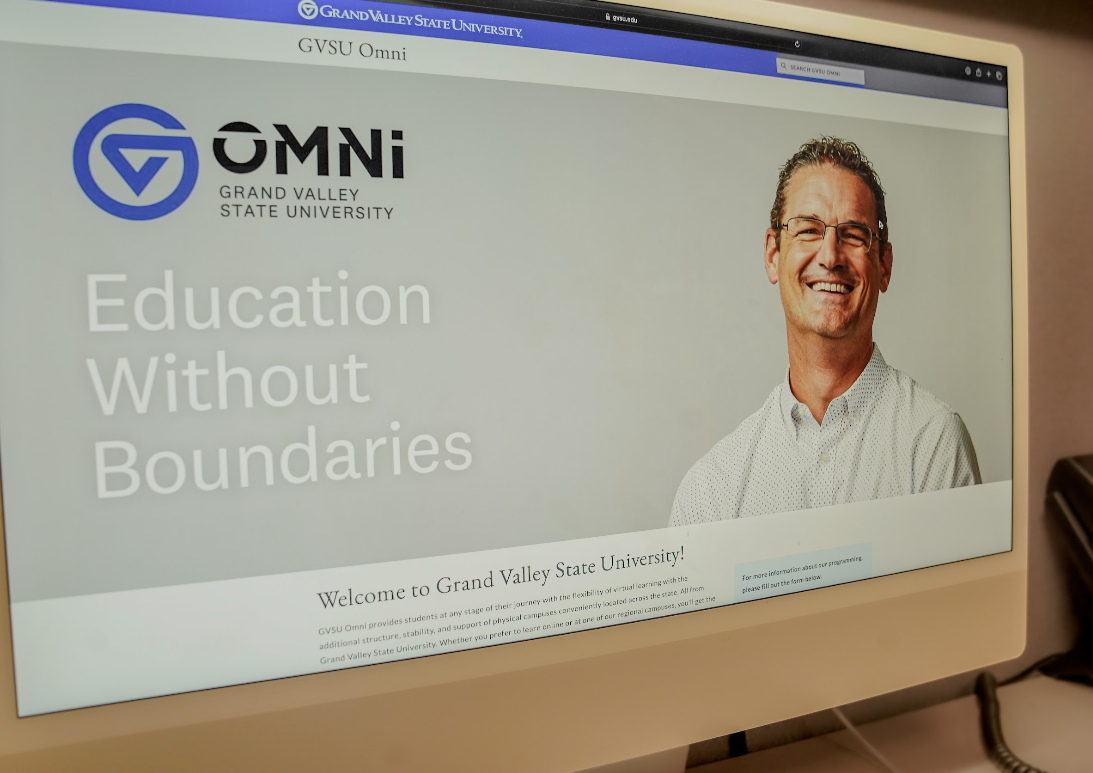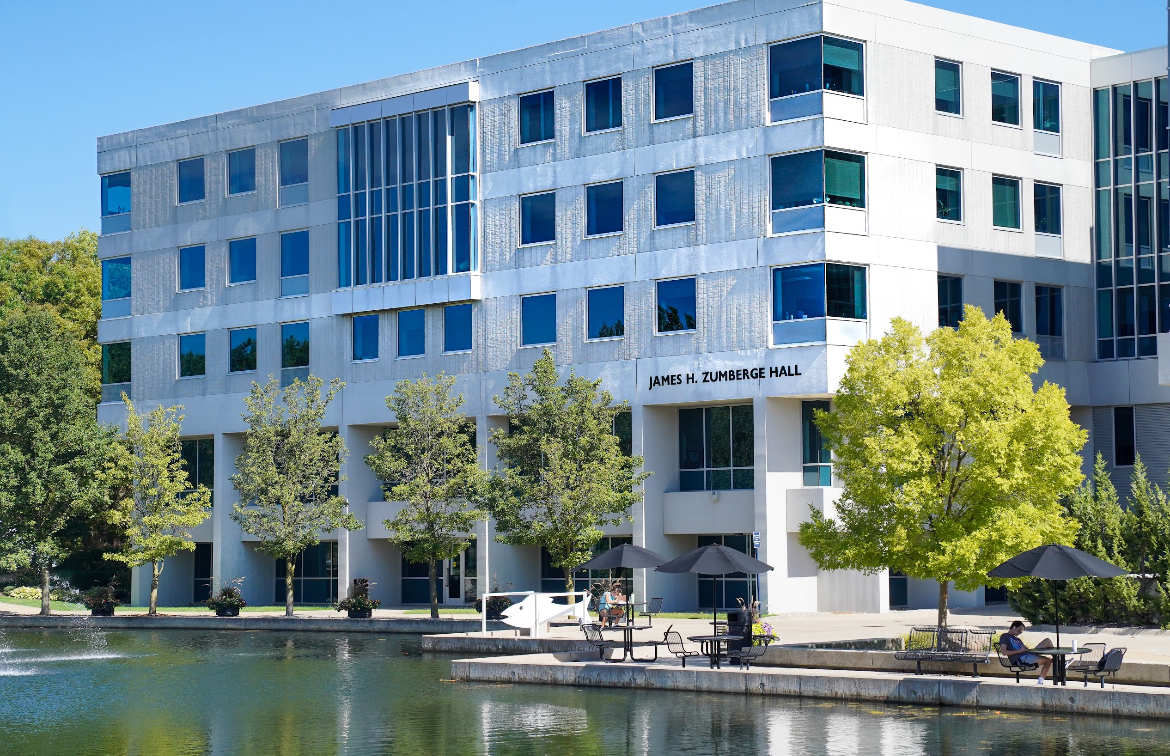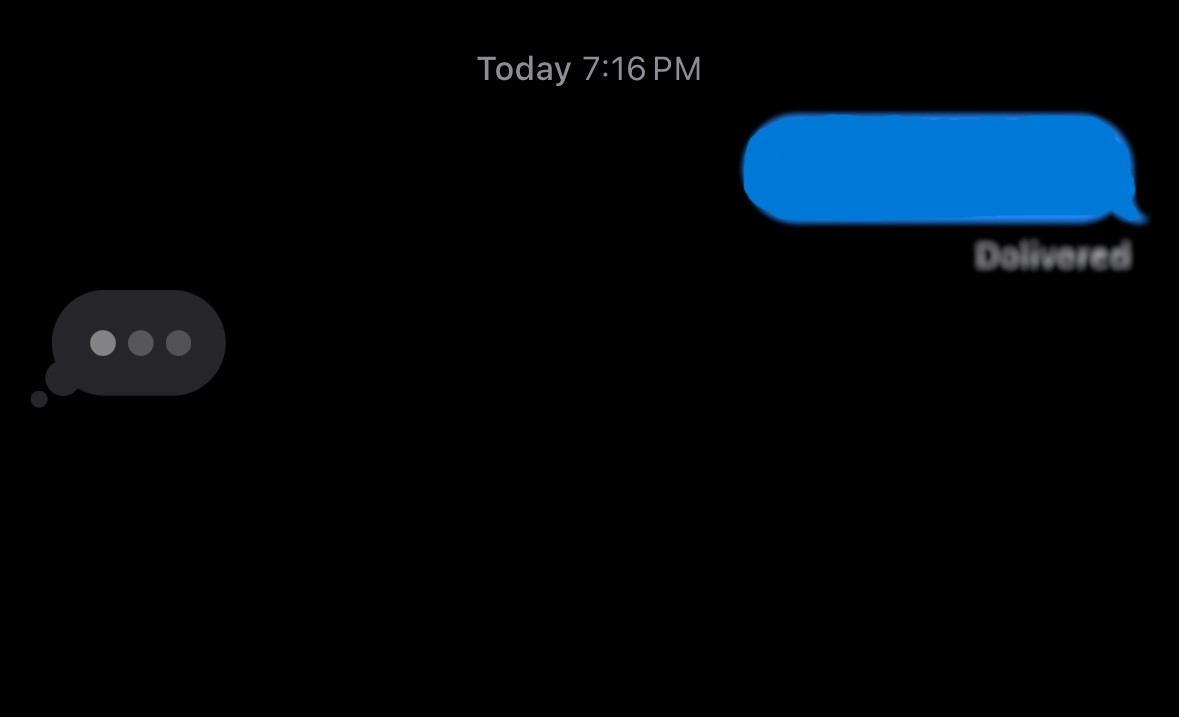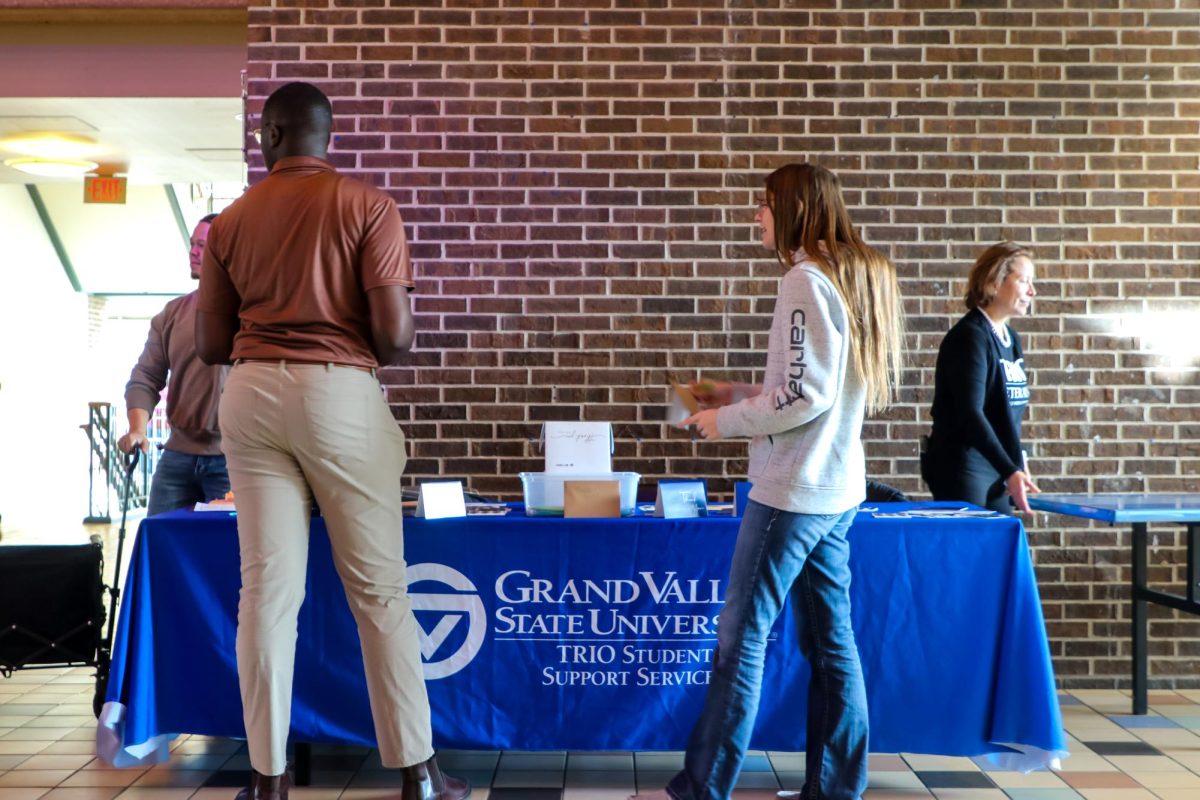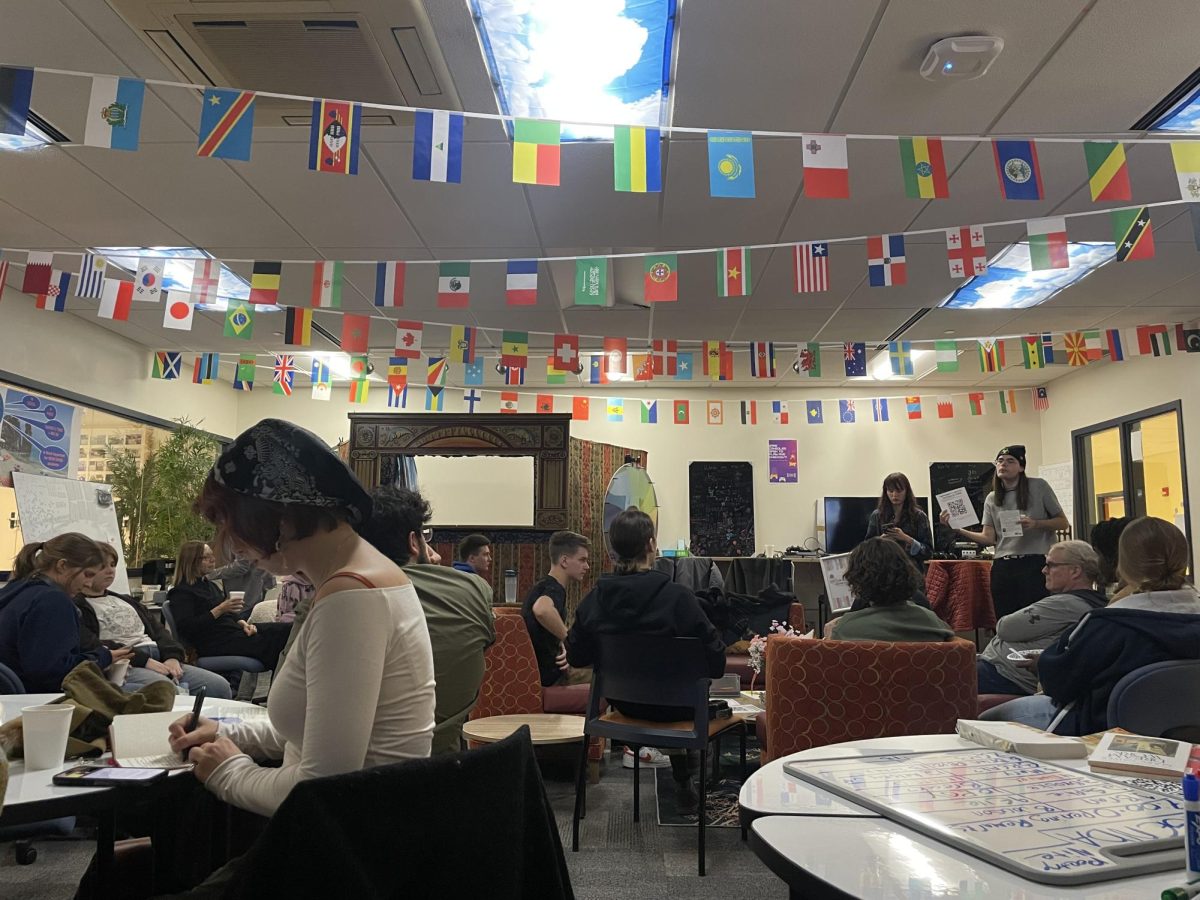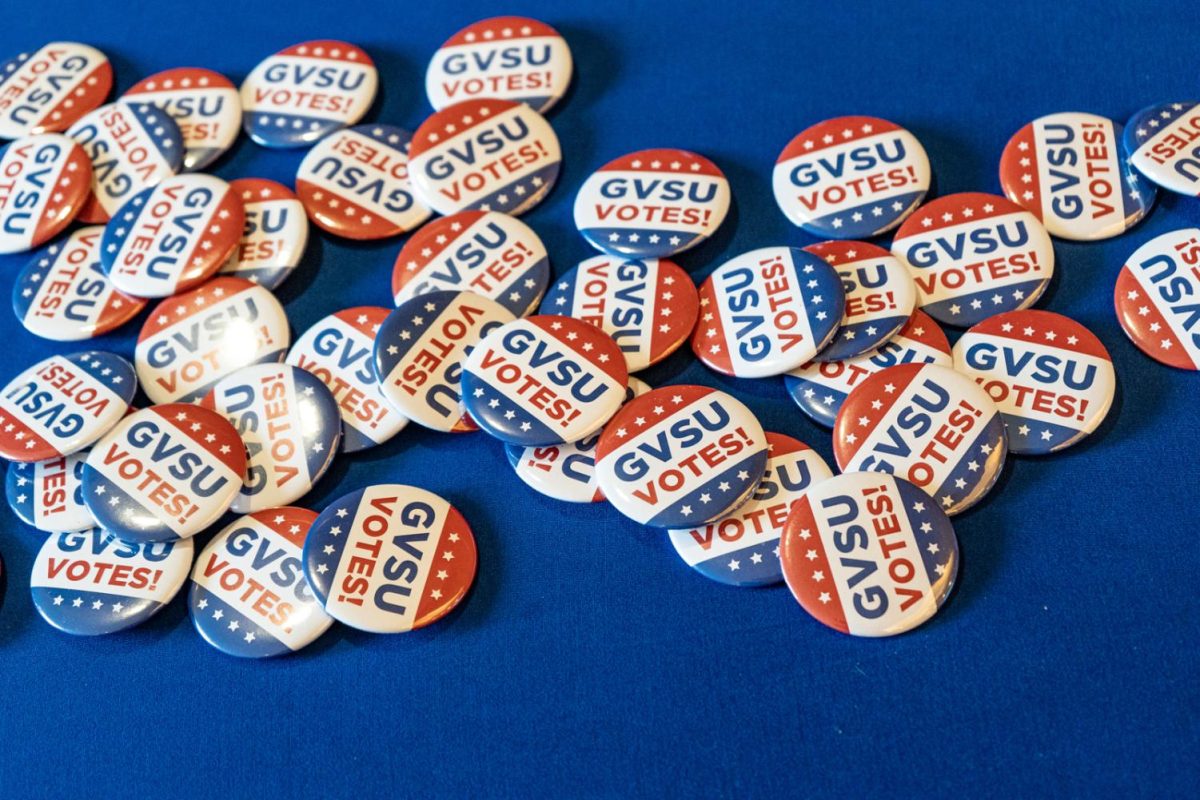Grand Valley State University hosted the first President’s Forum of 2024, featuring keynote speaker David Ruiter from the University of California San Diego (UCSD). This year, the forum was centered on the theme of educational equity, particularly in the aftermath of the COVID-19 pandemic, and the challenges faced in higher education.
Ruiter is the faculty director of the Teaching and Learning Commons at UCSD. He was joined by GVSU President Philomena Mantella and Executive Vice President for Academic Affairs and Provost Fatma Mili. The three explored how COVID-19 has impacted college institutions on both student and administrative fronts.
The term “learning loss” was a central focus throughout the discussion. Learning loss refers to the setback in academic development experienced by students following some kind of disruption like the COVID-19 pandemic. These disruptions include the transition to remote learning and hybrid class formats, limited access to campus resources, navigating challenges with technology, stress and mental health issues and interruptions to students’ regular academic routines.
“It’s not just content knowledge, it’s how to learn,” said Vice Provost for Advising and Student Success Catherine Buyarski. “Your strategies for learning when you’re on Zoom all day are very different than when you’re in a classroom.”
Buyarski said first-year college students must navigate the transition from high school to college, and now the transition from online to in-person again. These stressors are also contributors to learning loss suffered by students.
University officials said they are working to navigate these issues. Buyarski said GVSU is not exactly “where we want to be” in terms of educational equity, but the administration has recognized this and is now constructing ways to refine the student experience.

One focus for GVSU administration is the lowering of the student to advisor ratio. Next year, GVSU is adapting a case management style for advisors. This means that advisors are assigned a group of students and will move with them throughout the entirety of their undergraduate years. Using this method encourages better student-advisor relationships, which plays into student success.
Buyarski said the change “give(s) advisors more time, space and tools to really be able to work with the complexity of student needs.”
A second mode of addressing educational equity at GVSU was established as the “coordinated care” approach. Buyarski described this as a referral system that aims to close the gap between students and administration. According to Aaron Lowen, an assistant vice president for Academic Affairs in GVSU’s Office of the Provost, this will connect campus resources that students often seek out.
“If a student would benefit from extra tutoring for a class but is also experiencing food insecurity, we need to have and link systems that can address each issue rather than thinking of them as being unrelated,” Lowen said. “This includes making sure that everyone who supports GV students (faculty, professional advisors, success coaches, mental health counselors, staff in financial aid and housing, tutors and others) has the training and resources they need.”
GVSU has existing systems in place designed to address gaps in educational equity outcomes. The university utilizes the 2021-2025 Strategic Enrollment Management Plan to identify areas that could be improved. Similarly, the Activation and Accountability Leadership Team is a group of representatives from different departments of the university that coordinate efforts to ensure GVSU as a whole is moving towards educational equity.




